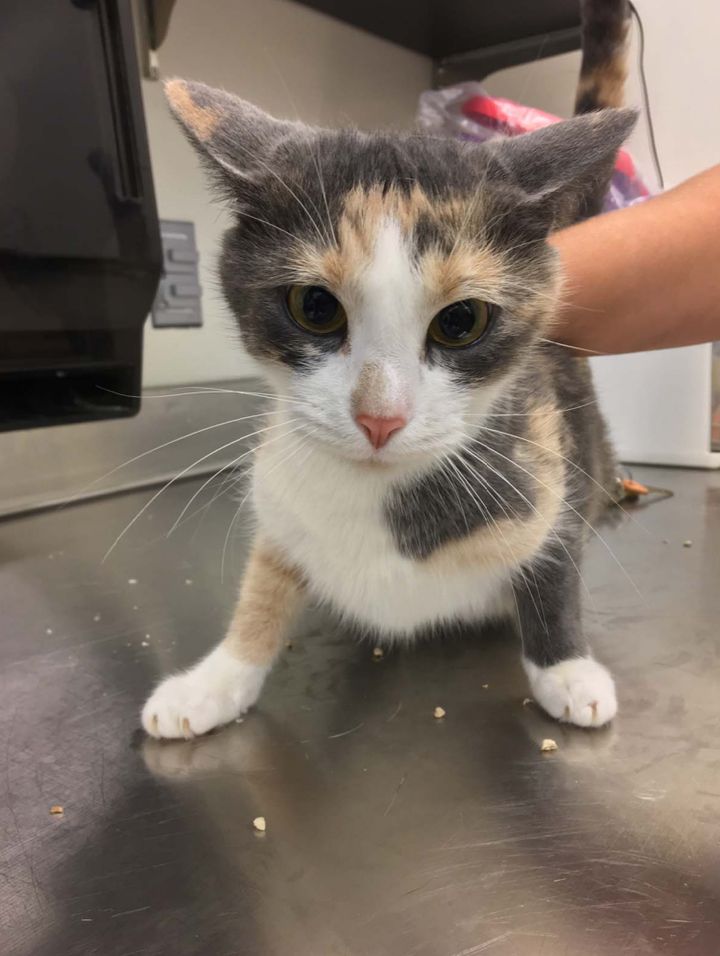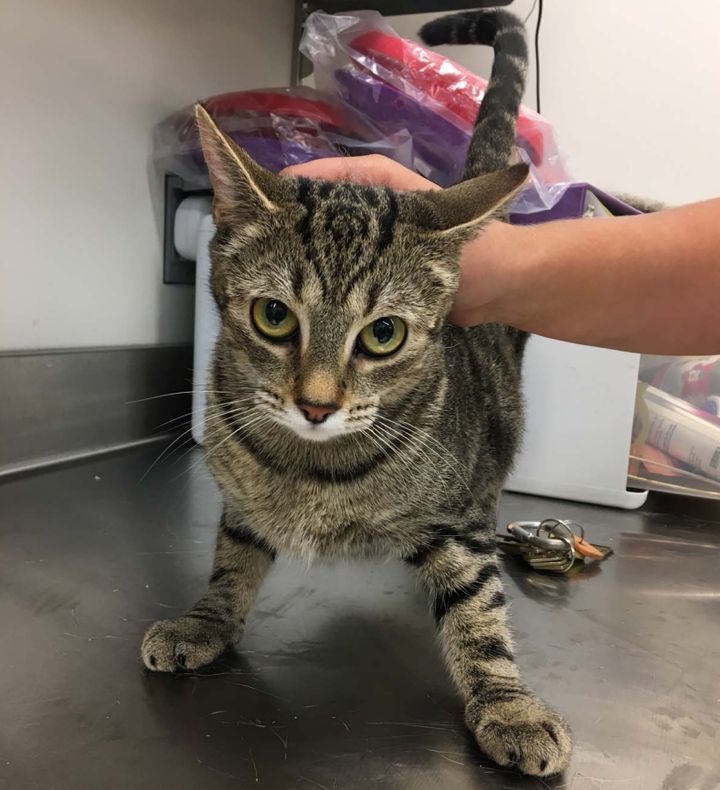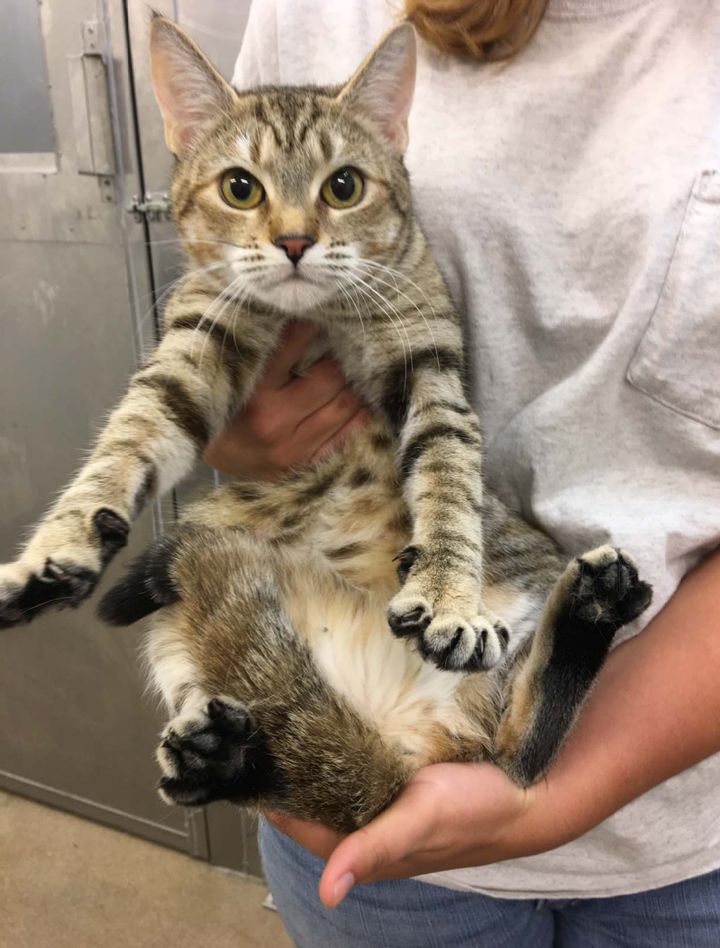A U.S. Department of Agriculture laboratory is under fire after an investigation revealed it has been breeding kittens for research purposes and then killing them when they’re no longer needed.
The USDA’s Animal Parasitic Diseases Laboratory in Beltsville, Maryland, has been using cats for research on the Toxoplasma gondii parasite since 1982, said Justin Goodman, vice president of advocacy and public policy for the White Coat Waste Project. The group, which fights taxpayer-funded animal testing, obtained documents from the lab last month after filing a Freedom of Information Act request in December.
The documents show that kittens are being euthanized, rather than adopted out, once their role in the lab’s research is over. The USDA Agricultural Research Service contends that sending the kittens to adoptive homes would pose a public health hazard. But the White Coat Waste Project ― citing information published by the Centers for Disease Control and Prevention ― says that’s not true.

The research involves feeding 2-month-old kittens raw meat contaminated with the Toxoplasma parasite, according to documents sent to HuffPost by the White Coat Waste Project. The parasite reproduces inside the kittens’ intestines, and the kittens shed oocysts — an early stage of the parasite — in their feces. The lab uses cats because “only cats are found to excrete the environmentally resistant stage of the parasite,” an Agricultural Research Service spokesperson said in a statement.
Researchers collect feces from the cats for two to three weeks and then euthanize the kittens and incinerate their bodies in biohazard bags.
Most of the kittens do not actually develop any symptoms from being infected, although they still shed oocysts for two to three weeks, according to lab documents.
The agency spokesperson said placing the cats in adoptive homes could contribute to the spread of the parasite, which can cause severe illness in people with suppressed immune systems. Pregnant women can also pass the parasite to their babies, leading to serious eye or brain damage.
But the White Coat Waste Project contends the cats could be safely rehomed as long as the lab waited until they stopped shedding the parasite.
“The USDA’s claim that it isn’t safe to adopt out the cats is patently false,” said Goodman, pointing to the CDC’s information about the parasite. The CDC states that cats can only transmit the parasite to humans when they are shedding oocysts in their feces — which can continue for “up to three weeks” after being infected. The Agricultural Research Service’s own website acknowledges that infected cats shed the parasite for just a “short period” of time.

Veterinarian and “The Pet Show” host Katy Nelson told Washington’s ABC-7 that with “proper treatment,” there is “no reason why these kittens could not be adopted out.”
Rep. Mike Bishop (R-Mich.) brought up the adoption issue in an open letter sent Monday to Agriculture Secretary Sonny Perdue, in response to the White Coat Waste Project’s findings. Bishop also asked for clarification on several points, including the exact number of cats used in the research and the total cost to taxpayers. On Friday, Bishop and Rep. Jimmy Panetta (D-Calif.) introduced a bill aimed at ending USDA testing that causes pain to cats or kittens. The proposed Kittens in Traumatic Testing Ends Now Act would essentially bar the agency from conducting studies that would “subject cats to potentially painful or stressful procedures” under most circumstances.
A 2015 “animal use protocol form” from the lab estimated that 100 kittens a year would be used in the experiments for the following three years. However, the agency spokesperson called this figure a “serious overestimation,” saying the agency “makes every effort to minimize the number of cats used.”
The Agricultural Research Service did not immediately reply to HuffPost’s request for comment on why the cats could not be adopted out even after they had stopped shedding the parasite.

The White Coat Waste Project is urging people to contact the USDA and Congress to state their opposition to the research in its current form.
“As a matter of federal policy, animal experiments must be reviewed and reapproved every three years, and the current protocol for the USDA’s kitten experiments expires at the end of May,” said Goodman. “This means there is an opportunity right now to ensure that the project is not renewed and any remaining cats are adopted out.”
The CDC estimates that more than 30 million people in the U.S. carry the Toxoplasma parasite, though most never have symptoms. People typically become infected from eating undercooked contaminated meat or from accidentally ingesting oocysts found in cat feces, contaminated soil or water. You can learn more about toxoplasmosis and how to prevent it at the CDC website.
This story has been updated to note the filing of the KITTEN Act.
